As soon as we hit the power button on our computers to boot them up, a huge number of files and operations come into the picture and make the computer operational. But if something goes wrong, the system could throw up an error. One of these errors is Fatal Error C0000022. This is usually triggered while Applying Updates. This means that this occurs due to an error encountered with Windows Update. So, we will be looking out for relevant fixes for the same. Let us now dive into it.
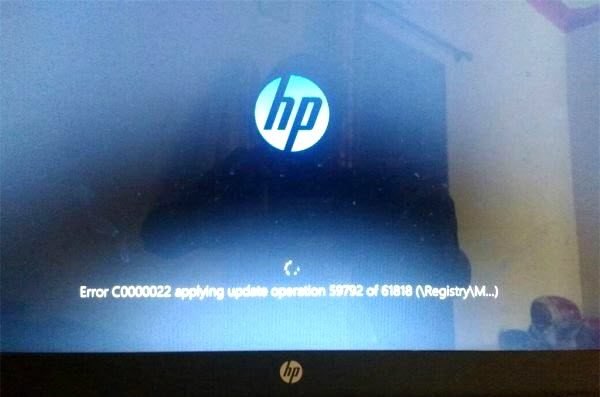
Fix Fatal Error C0000022
We will be undertaking the following fixes for Fatal Error C0000022 for all the computers,
- Perform a Full Shut Down.
- Use System Restore.
- Run Automatic Startup Repair.
- Use DISM to uninstall specific Windows Updates.
- Get the required Updates manually.
1] Perform Full Shut Down
Open the command prompt (admin), type the following command and hit Enter:
shutdown /s /f /t 0
This will make your Windows 10/8 computer shut down ‘fully’. The correct syntax thus for a full shutdown of Windows 10/8 should be: shutdown /s /f /t 0 and for Hybrid shutdown should be: shutdown /s /hybrid /t 0.
Now power on your computer and see if the problem has gone away.
2] Use System Restore
If you are in Advanced Startup Options, you can select System Restore directly and proceed with the steps.
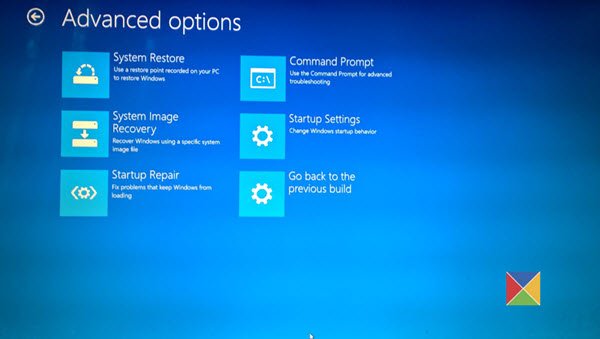
If you just booted into Safe Mode, type sysdm.cpl in Start search box and hit Enter. Select the tab labeled as System Protection and then choose the System Restore button.
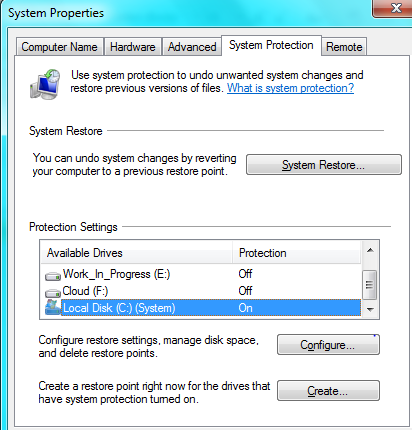
It will now open a new window where you will need to choose your desired System Restore Point. After selecting your desired System Restore Point, follow the on-screen instructions to complete the process.
Now Reboot your computer and check if this method was able to resolve your issue.
3] Run Automatic Startup Repair
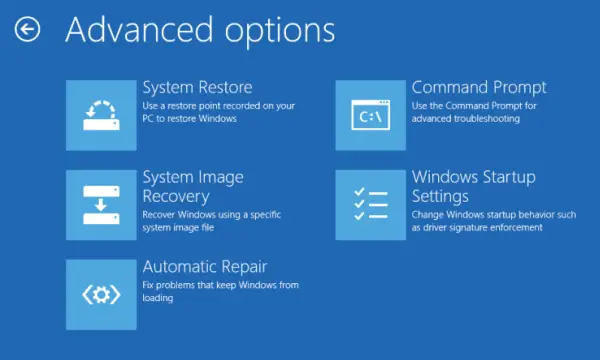
Run Automatic Repair on your computer and see if that helps. For this, you have to enter Windows Recovery Environment. If your system is displaying the Fatal error message on boot, you cannot use Windows 11/10 Settings to enter Windows Recovery Environment. In such a case, follow the instructions provided below:
- Press and hold the power button to force shut down your computer.
- Turn on your computer. When you see the manufacturer’s logo or WidoWindows logo, immediately press and hold the power button until your PC turns off.
- Repeat the above steps again and again until Windows enters repair mode. Now, you are in Windows Recovery Environment.
Now on the Automatic repair screen, select Advanced Options > Troubleshoot > Advanced Options.
Automatic Startup Repair will scan system files, registry settings, configuration settings, and more and try to fix the problem on its own, automatically.
Read: Windows 10 will not boot up or start.
4] Use DISM to uninstall specific Windows Updates
Right-click on the Start button and click on Command Prompt (Admin), type in the following command, and then hit Enter,
DISM.exe /online /get-packages
It will populate a list of Windows Updates installed on your computer using DISM on the Command Prompt command line.
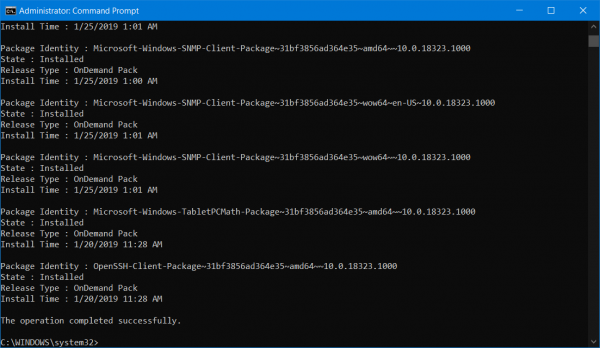
Look for the update that you want to uninstall. It will look something like, package_for_KB976932~31bf3856ad364e35~amd64~~6.1.1.1. And then copy it.
Now, enter this command and hit Enter to uninstall the particular update,
DISM.exe /online /remove-package /packagename:[NAME OF THE UPDATE TO BE UNINSTALLED]
Reboot your computer for the change to take effect.
5] Get the required Updates manually
If it’s not a Feature Update and only a Cumulative Update, you can manually download and install the Windows Update. To find which update has failed to follow the steps:
- Go to Settings > Update and Security > View Update History
- Check which particular update has failed. Updates that have failed to install will display Failed under the Status column.
- Next, go to Microsoft Download Center, and search for that update using the KB number.
- Once you find it, download, and install it manually.
You could use Microsoft Update Catalog, a service from Microsoft that provides a listing of software updates that can be distributed over a corporate network. Using the Microsoft Update Catalog can prove to be a one-stop location for finding Microsoft software updates, drivers, and hotfixes.
If it is a Feature update, you can always rely on the following methods to get your computer updated,
- You can try to get the latest version of Windows 10 downloaded and installed on your computer. These updates can be downloaded either download Windows 10 with Media Creation tool or get an ISO file for Windows 10.
- Or you can try Resetting your Windows 10 computer.
What is the cause of Fatal error?
Fatal errors are unexpected errors that can cause your system to crash due to which you lose unsaved data. Both hardware and software issues can trigger Fatal errors. If you have installed a program recently after which your system displayed the Fatal error, that program might be triggering the error. In some cases, overheating and insufficient system resources can also trigger a Fatal error.
How to repair PC by cmd?
You can repair your system by repairing the corrupted system image files. System File Checker and Deployment Image Servicing and Management (DISM) are the command-line tools that help users repair corrupted system image files. Windows startup issues can also occur when the Boot Configuration Data is corrupted. In such a case, rebuilding BCD via the Command Prompt can help. If something bad has happened to your PC, you have to run Startup Repair via the Windows Recovery Environment.
All the best!
Leave a Reply